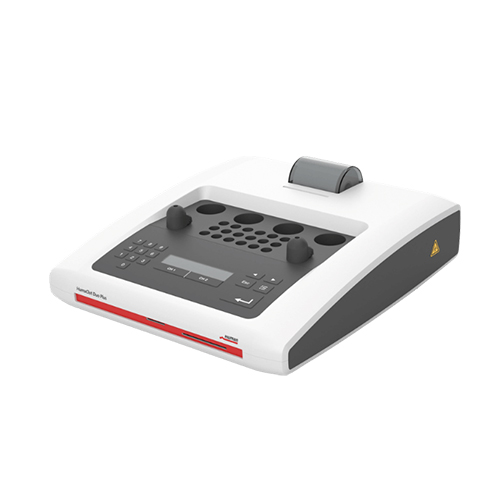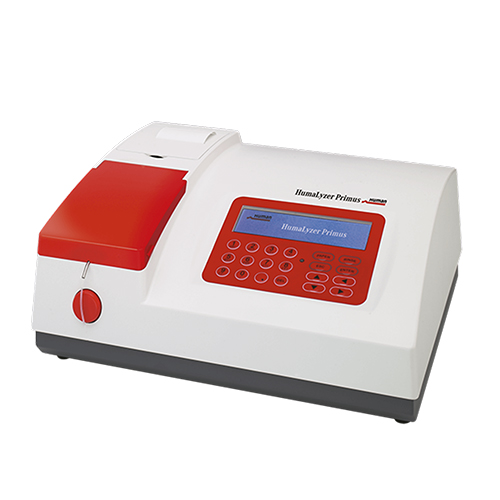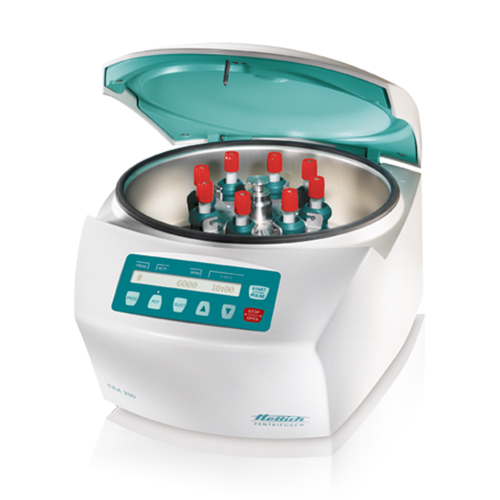“Humastar 100”
Throughput: 100 tests/hr typical
Measuring modes: Routine chemistry, turbidimetry
Sample positions: Total of 60 positions for samples
Reagent positions: 30 reagent positions (20 ml, 50 ml, adapter for tubes and cups, removable tray) with reagent cooling
8 – step cuvette washing station
Spectral range 340 to 900 nm ,
9 wavelength filter positions
Unlimited programmable profiles
Continuous loading
Analysis modes: Endpoint (bichromatic) with self blank, Differential endpoint with self blank,
Fixed time, Kinetic (bichromatic)
Read More














